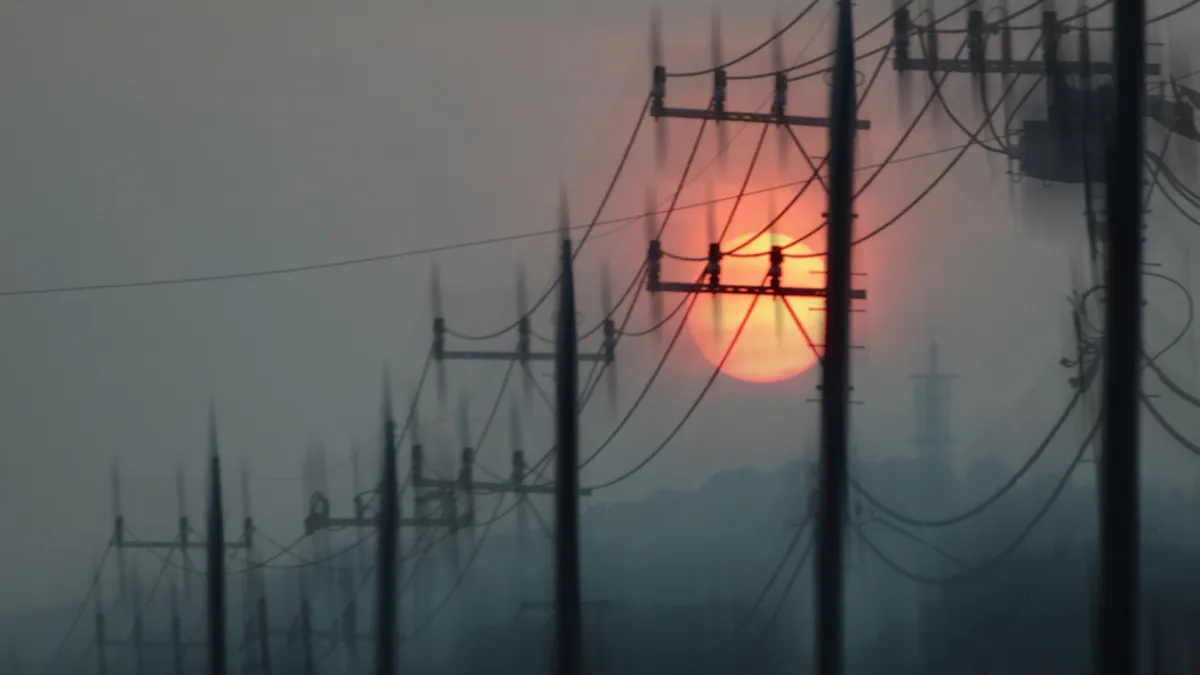Dive Brief:
- Heading into the hottest months of the year, the North American Electric Reliability Corp. sees a generation shortfall in Texas, in part due to 5 GW of retirements in the last year, while California faces a limit on natural gas output due to continued constraints at the Aliso Canyon storage facility. NERC issued its "2018 Summer Reliability Assessment" on Wednesday.
- However, the grid operator for most of Texas previously indicated it expects to reliably meet demand, as long as weather does not become too extreme. There are 78.2 GW of resources expected to be available on the grid and ERCOT's Seasonal Assessment of Resource Adequacy predicts 72.8 GW of summer peak load.
- Operational constraints at the Aliso Canyon gas storage field continue to affect the availability of natural gas for power plants in Southern California, according to NERC. Southern California Gas discovered a leak at the facility in late 2015.
Dive Insight:
While NERC officials said there are sufficient resources in most reliability areas, they cited concerns regarding two of the nation's largest electricity markets.
"The sizeable gap in generation resources for the 2018 Texas summer peak and the natural gas situation in California pose potential reliability concerns,” Thomas Coleman, director of NERC reliability assessments, said in a statement.
ERCOT projects an anticipated reserve margin of 10.9%, NERC noted, equating to "a capacity shortfall of 2,000 MW based on the Reference Margin Level of 13.75 percent."
NERC defines the Reference Margin level as that "provided by the Regional/subregional’s own specific margin based on load, generation, and transmission characteristics as well as regulatory requirements." If not provided, NERC assigns its own reference margin.
In ERCOT's recent assessment of its summer preparedness, the grid operator conceded the situation was tight and previously-mothballed generators were being pulled out of retirement.
In California, NERC officials said there is a "significant risk of encountering operating conditions that could result in operating reserve shortfalls."
Much of that risk comes from the retirement of 789 MW of dispatchable gas-fired generation that had been available in prior summers to meet high load conditions.
In addition, "[t]he risk associated with the natural gas storage facility restrictions at the Aliso Canyon and other natural gas storage facilities to electric reliability is greater in the local reliability areas of Southern California than to the rest of the CAISO system," the report concluded. "Operational constraints limit Aliso Canyon output, increasing ramping requirements in California."
Given California's high penetration of renewables, the ramp rate can be key to keeping the lights on.
"Grid operators in California and across North America are increasingly looking to fast-ramping gas units and other flexible generation capacity to keep the bulk power system reliable because the output from wind and solar, both utility-scale and behind-the-meter, can change frequently and sometimes unexpectedly," Coleman said.














